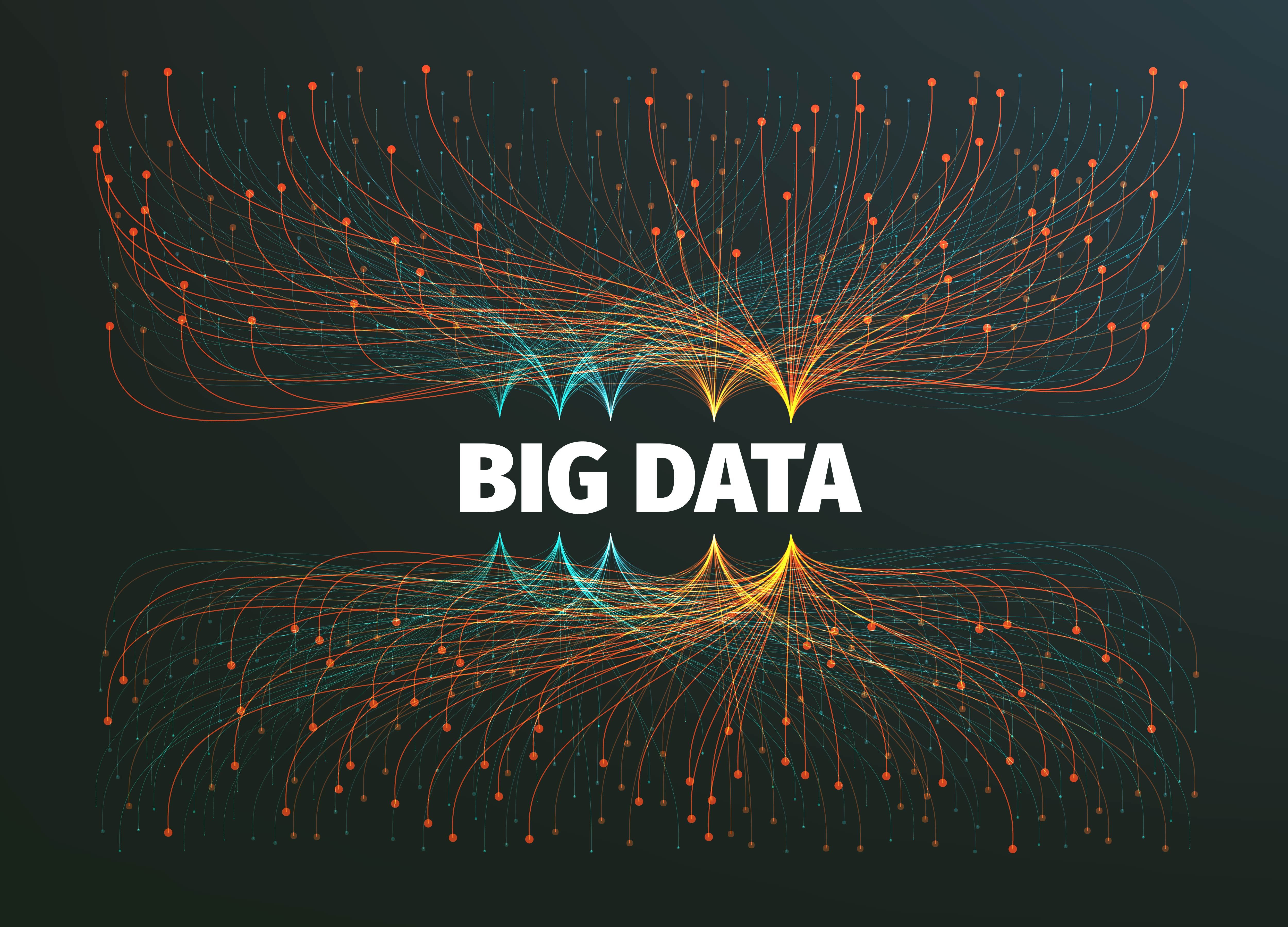Gathering information and using it to make or improve products and services is an age-old strategy. So, what’s “new” about the competitive advantage it gives you? The short answer is speed and new data sets available from social media and product reviews. But there’s also a technological happening. Big data and cloud technologies now make it easier than ever to collect data but also add new twists like hyper-personalization, location-based advertising targeting, and real-time insights.
Big data unlocks significant value
Big data rules the business world. Over the past five years, there’s been an impressive acceleration in the way data is collected, distributed, and used. Actionable insights are now instantly accessible, and organizations are leveraging precise, transparent data to stay competitive in today’s business landscape:
- After-sales service opportunities are unleashed through data tracking sensors in products.
- Customer segmentation allows for more tailored products and services.
- Sophisticated analytics mitigate risk and improve decision-making.
- Transactional data, like employee sick days and product inventory are used to expose vulnerabilities and boost performance.
Organizations that tap into the full potential of big data increase the likelihood of creating a lasting competitive edge via outcomes like growth and increased profits through enhanced customer engagement and retention.
How brands are using big data analytics
A growing number of businesses and government entities are reshaping their practices around big data and analytics software. In 2017, 55% of companies reported they had already adopted big data analytics. Last year 45% of enterprises said they run at least some of their big data workloads in the cloud.
Spark was rated the most popular software framework as well as the preferred big data access method, with 73 percent of organizations saying it’s critical to their analytics strategies. MapReduce, Yarn, SQL, Hive, HDFS, and Amazon S3 rounded out the top choices.
Here’s how just a few of these businesses are using big data to drive innovation and growth:
- Customer acquisition and retention – Brands are analyzing big data to observe customer-related patterns and trends. This accelerates the pace at which new products and services are introduced.
For example, Coca-Cola uses a digital-led loyalty program to strengthen its data strategy and create advertising content that speaks directly to different audiences. Those audiences are defined by their interests, previous shopping habits, and more. - Innovation and product development – Instead of relying on gut instinct, organizations looking to create additional revenue streams are now using big data to design new products and services that precisely meet a customer’s needs.
Amazon Fresh/Whole Foods is a great example of how big data can be used to improve product and service development. By understanding how customers buy groceries, not just what they buy or where they shop, Amazon is able to implement changes that make for better customer experiences. - Marketing insights – The ability to match customer expectations is one of the greatest benefits big data offers. Because marketing and advertising departments are now able to make more sophisticated analyses, advertisements are more likely to strike a chord with their intended audiences.
With over 100 million subscribers, Netflix uses its huge database for targeted marketing based on past views and searches. The result? Its recommendation system influences about 80% of the content customers' stream. - Risk management – Risk management solutions are a critical investment for any industry. It now offers businesses the ability to quantify and model risks they face every day. This, in turn, lets them design smarter risk mitigation strategies.
- Supply chain management – The greater accuracy, clarity, and insights big data offers lets brands leverage higher levels of contextual intelligence, a necessary component of supply chain success. Packaged goods companies are big beneficiaries of this big data perk. For example, when clients send them data reports with warehouse and POS inventory numbers, PepsiCo is now able to quickly replenish retailer shelves with the right type and volume of products.
Outperform your competitors
Most organizations already have at their disposal all the data they need to implement data analysis that can be used to reduce operating costs, boost productivity, drive customer retention, and achieve a competitive advantage. Using cloud provider technologies like AWS, Azure, and Google Cloud, you can now provide personalized, multichannel experiences for your customers that are timely, relevant, and more likely to improve your bottom line.

